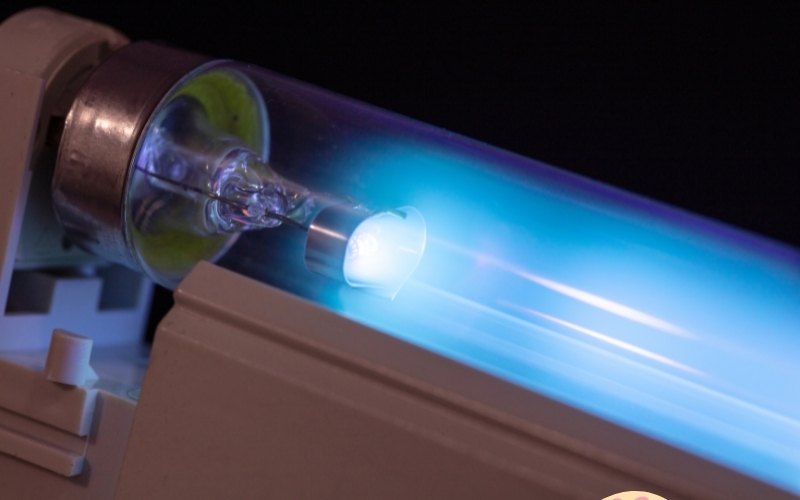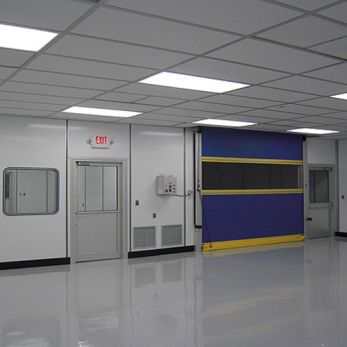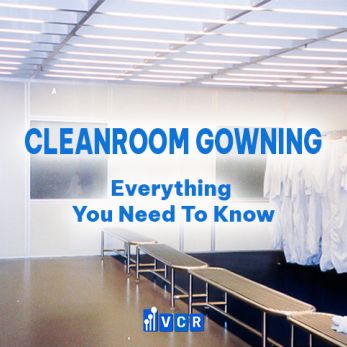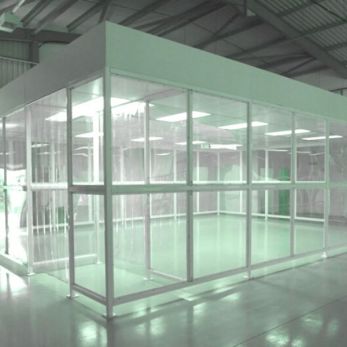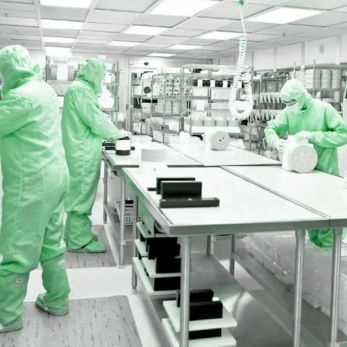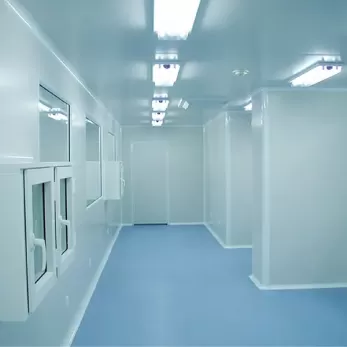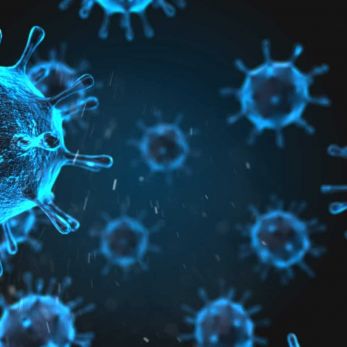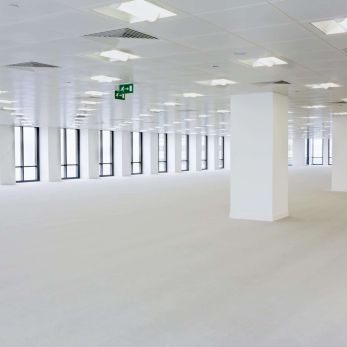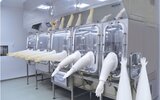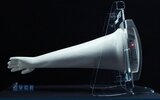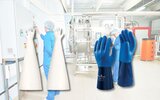Ultraviolet light could impede tuberculosis
Ultraviolet lights could reduce the spread of tuberculosis in hospital wards and waiting rooms by 70%, according to a new study, published in PLoS Medicine today.
Ultraviolet lights could reduce the spread of tuberculosis in hospital wards and waiting rooms by 70%, according to a new study, published in PLoS Medicine today. The study, which explored the transmission of tuberculosis (TB) from infected patients to guinea pigs, suggests that installing simple ultraviolet C (UVC) lights in hospitals could help reduce the transmission of TB, including drug-resistant strains.
Every year, over nine million people are infected with tuberculosis and nearly two million people die from the disease, according to the World Health Organisation. Infection rates are particularly high in places where vulnerable people are crowded together, such as hospitals, homeless shelters and prisons.
When a tuberculosis patient coughs, bacteria are sprayed into the air in tiny droplets, floating around the room and infecting other patients, visitors and healthcare staff. These bacteria can be killed by hanging a shielded UVC light from the ceiling with a fan to mix the air, say the researchers, from Imperial College London, the University of Leeds, Hospital Nacional Dos de Mayo, Lima, Perú and other international institutions.
UVC light kills tuberculosis bacteria, including drug-resistant strains, by damaging their DNA so they cannot infect people, grow or divide. It is already used at high intensity to disinfect empty ambulances and operating theatres.
Dr Rod Escombe, the study's principal investigator from the Wellcome Trust Centre for Clinical Tropical Medicine at Imperial College London, said: "When people are crowded together in a hospital waiting room, it may take just one cough to infect several vulnerable patients. Our previous research showed that opening windows in a room is a simple way to reduce the risk of tuberculosis transmission, but this is climate-dependent – you can't open the windows in the intensive care ward of a Siberian hospital for example."
"Thankfully, the rate of tuberculosis infection in countries like the UK is relatively low and people who are infected can be treated using antibiotics, which are readily available here. People are more likely to die from the disease in developing countries like Perú, because there are limited resources for isolating patients, diagnosing them quickly and starting effective treatment. Also, the prevalence of drug-resistant TB is much higher in the developing world. Preventing infection is much easier and cheaper than treating a patient with tuberculosis," added Dr Escombe.
Plans are already underway to install upper room UV lights in the chest clinic at St Mary's Hospital, part of the Imperial College Healthcare NHS Trust, which will be the first hospital to have them in the UK.
Introducing UVC lights could be a relatively low-cost measure, say the researchers. Currently, a typical UVC ceiling light costs around US$350 and replacement bulbs cost from US$25. The researchers are now working to develop more affordable US$100 units.
The impact of UV lights is greatest when combined with careful management of the air flow on the wards, as Dr Cath Noakes from the University of Leeds' Faculty of Engineering explains: "The lights must be set high enough to ensure patients and health workers are not overexposed, but if the lights only treat air at that level, there will be little benefit. To be most effective, ventilation systems need to create a constant flow of treated air down to patient level, and potentially infected air up towards the lights."
To reach their conclusions, scientists hung UVC lights in a hospital ward in Lima, Perú where 69 patients with HIV and TB were being treated. The researchers pumped air from the ward up to a guinea pig enclosure on the roof of the hospital for 535 consecutive days. The guinea pigs were split into three groups of approximately 150: the first group received air exposed to the UV lights in the ward, the second group received ward air treated with negative ionisers, and the third control group was given untreated air straight from the ward. The guinea pigs were given skin tests for tuberculosis once a month.
By the end of the experiment, 35% of the control group were infected with TB, compared to 14% of the ionised air group and 9.5% of the UVC group. 8.6% of the control group developed the active form of the disease after being infected with TB, compared to 4.3% of the ionised air group and 3.6% of the UVC group.
This research was funded by the Wellcome Trust, Sir Halley Stewart Trust and the Sir Samuel Scott of Yews Trust, Proyecto Vigia (USAID) and the charity Innovation for Health and Development (IFHAD).
Source: Scienedaily.com






